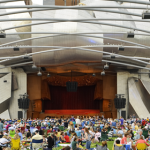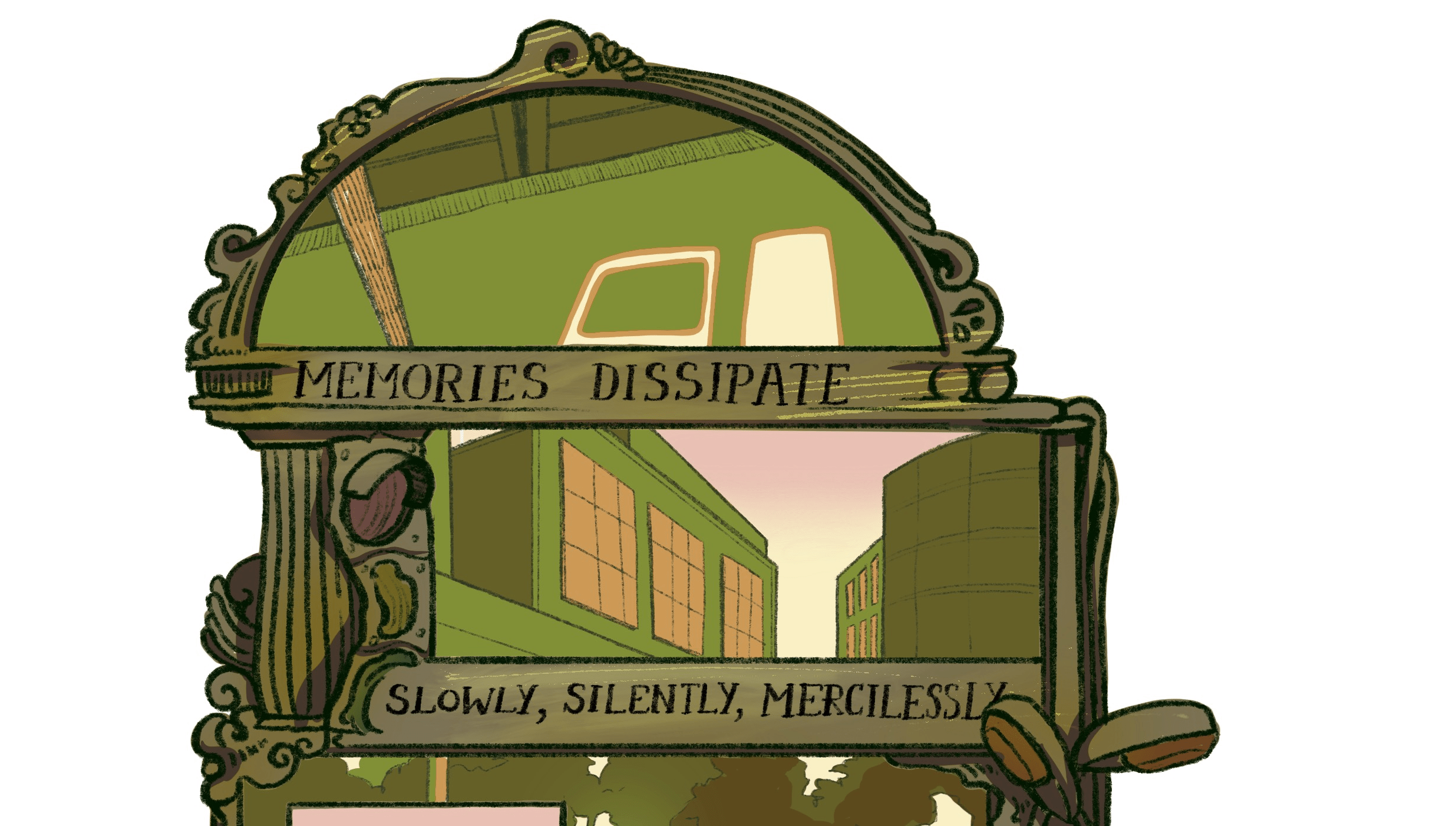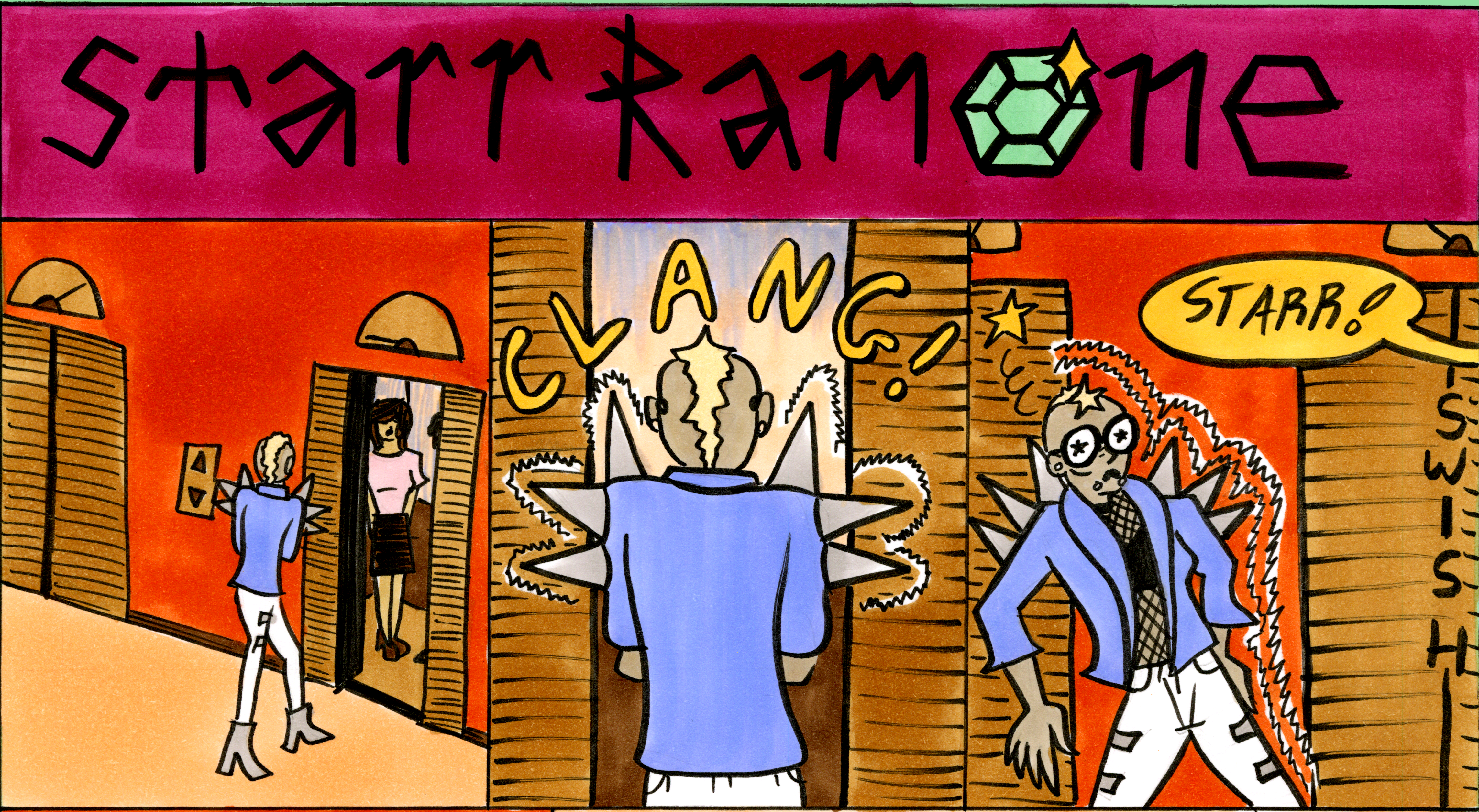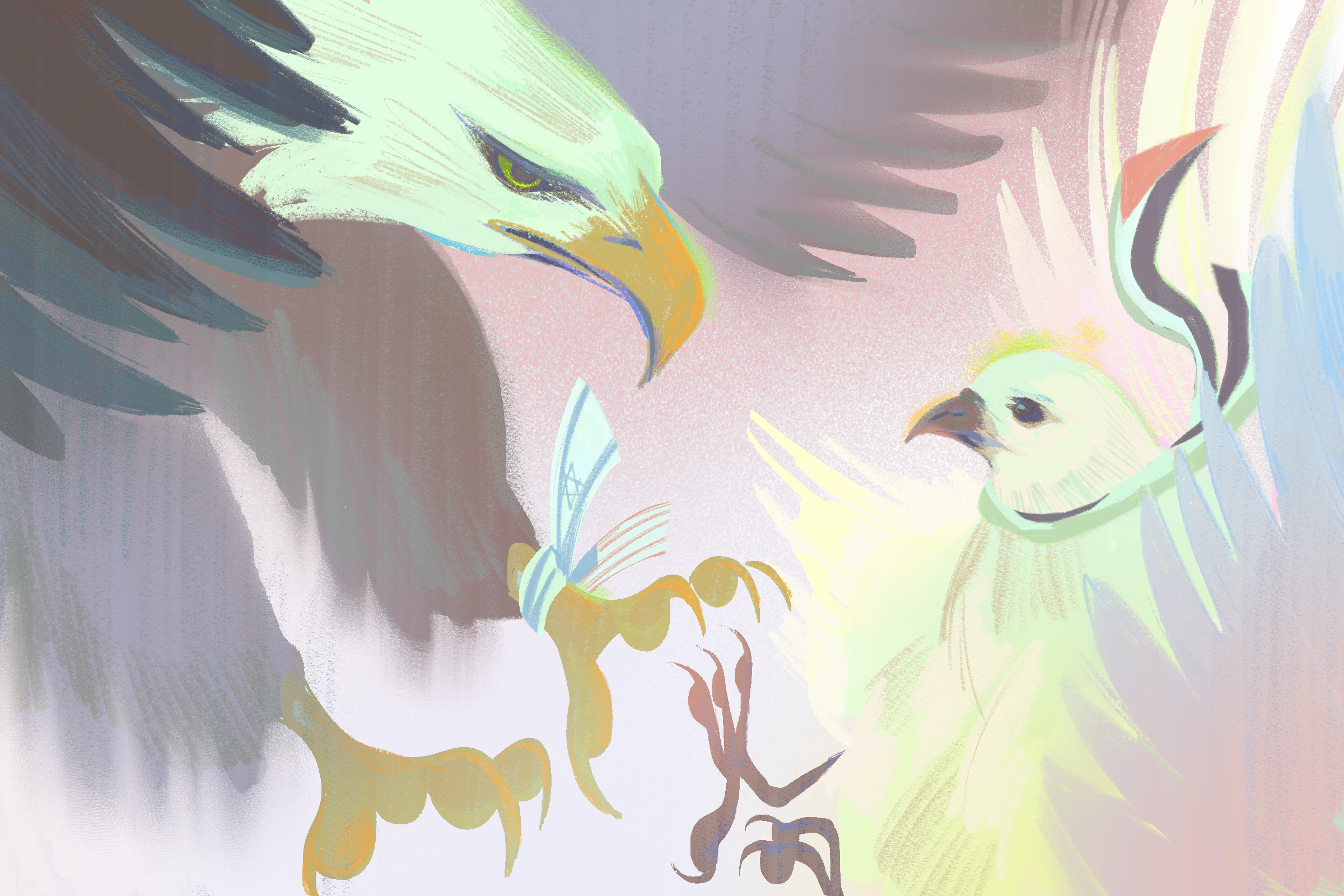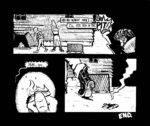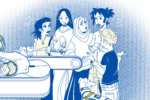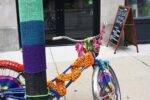The ever-growing media company that is Vice recently launched its own HBO series titled, eponymously, “Vice on HBO.” I didn’t expect much from it — the outlet’s knack for sensationalism and its brand of hyper-masculinized coverage of violent corners of the world (Cannibals in Liberia! Street fighters in the Peruvian Andes!) is not how I believe globally minded media coverage should be approached. Still, I recently sat down to watch a couple of episodes of their show that attempts to look at “the absurdity of the modern condition.”
It wasn’t particularly surprising, then, that in between sending its correspondents to look at why 6-year-olds are smoking in Indonesia and the use of psychedelics in Mexico to treat heroin addicts, Vice sent one of its scruffy correspondents Ryan Morton to the South Side of Chicago, to learn more about the how’s and why’s of the city’s abundance of gun violence in a segment titled “Chiraq.”
Morton patrols the Englewood neighborhood with the cops and looks at a map of gang territories, he talks to young teenagers who are crossing gang lines intentionally, and he captures young black men smoking weed, throwing up gang signs and asks them if they are armed (“Was that a rude question?” Morton asks, after his initial one was met with silence). He also talks to famed Roman Catholic priest Michael Pfleger who has been involved in the fight against violence in the South Side for years. We’ve ignored violence in America because it’s mostly been black and brown children, Pfleger tells Morton. Sandy Hook opened the eyes of the entire country because the soccer moms of America could identify with the loss of the children in the shooting. How do we make the soccer moms of America, Pfleger asks, identify with the “black child or the brown child of Lawndale, Englewood, Little Village, Pilsen?”
Vice has a tendency to highlight whatever sounds the most outrageous; I think we all know that. So, Vice founder Shane Smith opens the segment by framing Chicago as the only city in the U.S. that hasn’t seen a decline in violent crimes, calling it “one of the deadliest cities in the country for young people.”
Maybe Chicago police superintendent Gary McCarthy would disagree. He recently touted the success of Chicago’s renewed strategies to target gun violence, highlighting figures that prove that the city’s murder rate has dropped considerably (it was at its lowest levels since 1959 in the first three months of this year). Still many local and national media outlets are following the body count in Chicago more than ever and recent occurrences like the death of Hadiya Pendleton have made national headlines. Plus, Vice did not coin the term “Chiraq” — it is actually a term used by some residents of the city’s neighborhoods in which your chances of getting killed are sometimes higher than in an actual war zone.
Vice is not alone in the quest to find meaning behind the absurd number of killings, and the perilous state many people in the city find themselves in. Just this year alone we’ve seen “This American Life” dedicate a two-episode special to talking with students and staff members of Harper High School in Englewood about how violence has severely impacted their lives; photographer Daniel Shea recently published a revealing photo essay on The Fader titled “Chicago Fire,” that offers a glimpse into the life of youth living in gang-ridden territories; the “New York Times Magazine” published “The Death and Life of Chicago,” a cover story on a rigorous anti-eviction campaign on the South Side; and the Obamas have repeatedly visited the city this year to address gun violence (most recently, Michelle Obama invited 25 Harper High students to visit the White House).
Especially during times of crisis, journalists tend to parachute in and out of communities, pretending to, only in a couple of days, understand just what went wrong and who’s to blame. In Chicago’s case we’re seeing both local and visiting reporters trying to understand just why gangs have been able to take over South Side neighborhoods and especially, why those in charge of the city’s infrastructure continue to starve the predominantly black and Hispanic communities of resources.
Morton, in the Vice episode, is at least the only one of these outlets to use the appropriate language to describe the situation: it’s fucked up.

